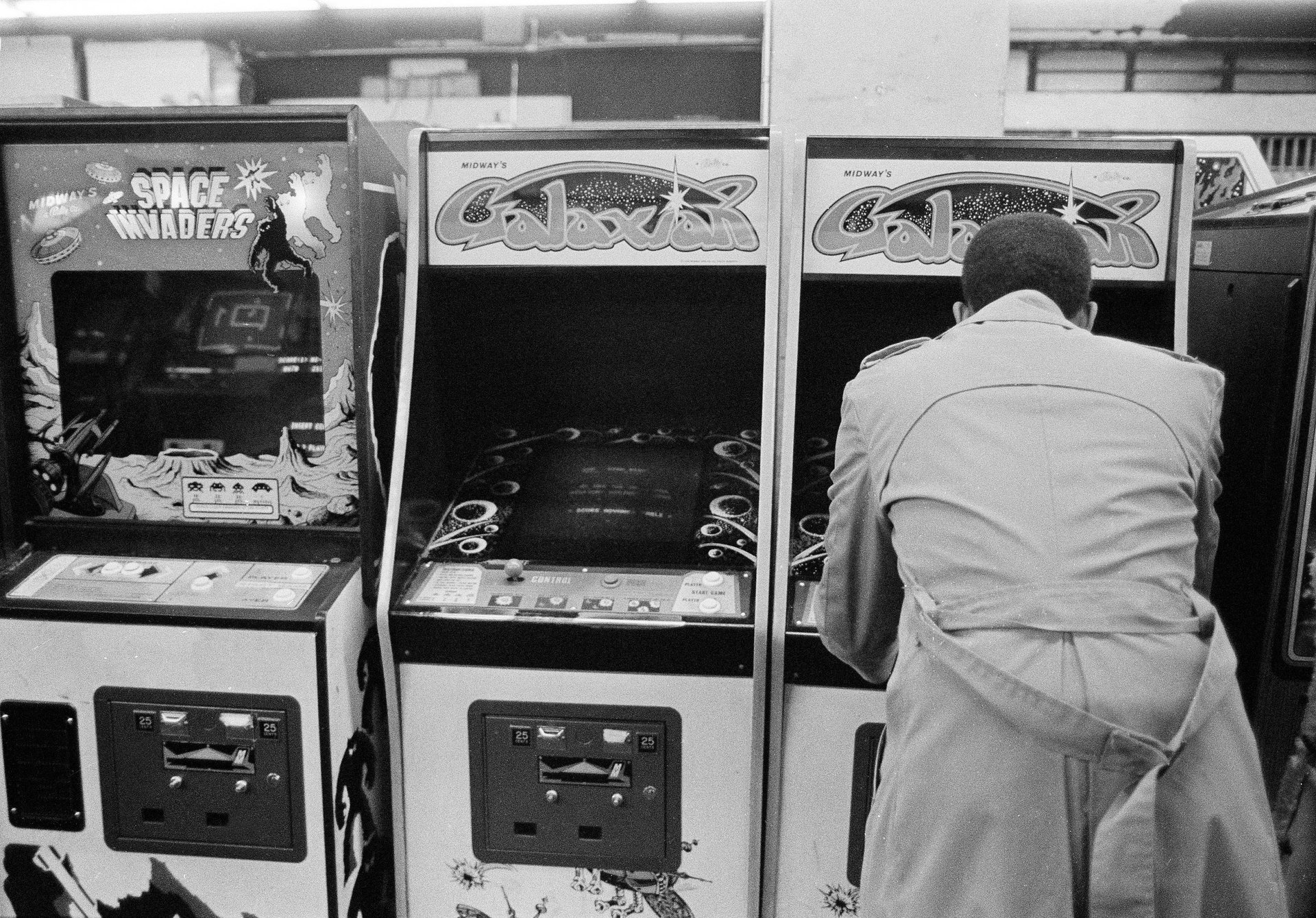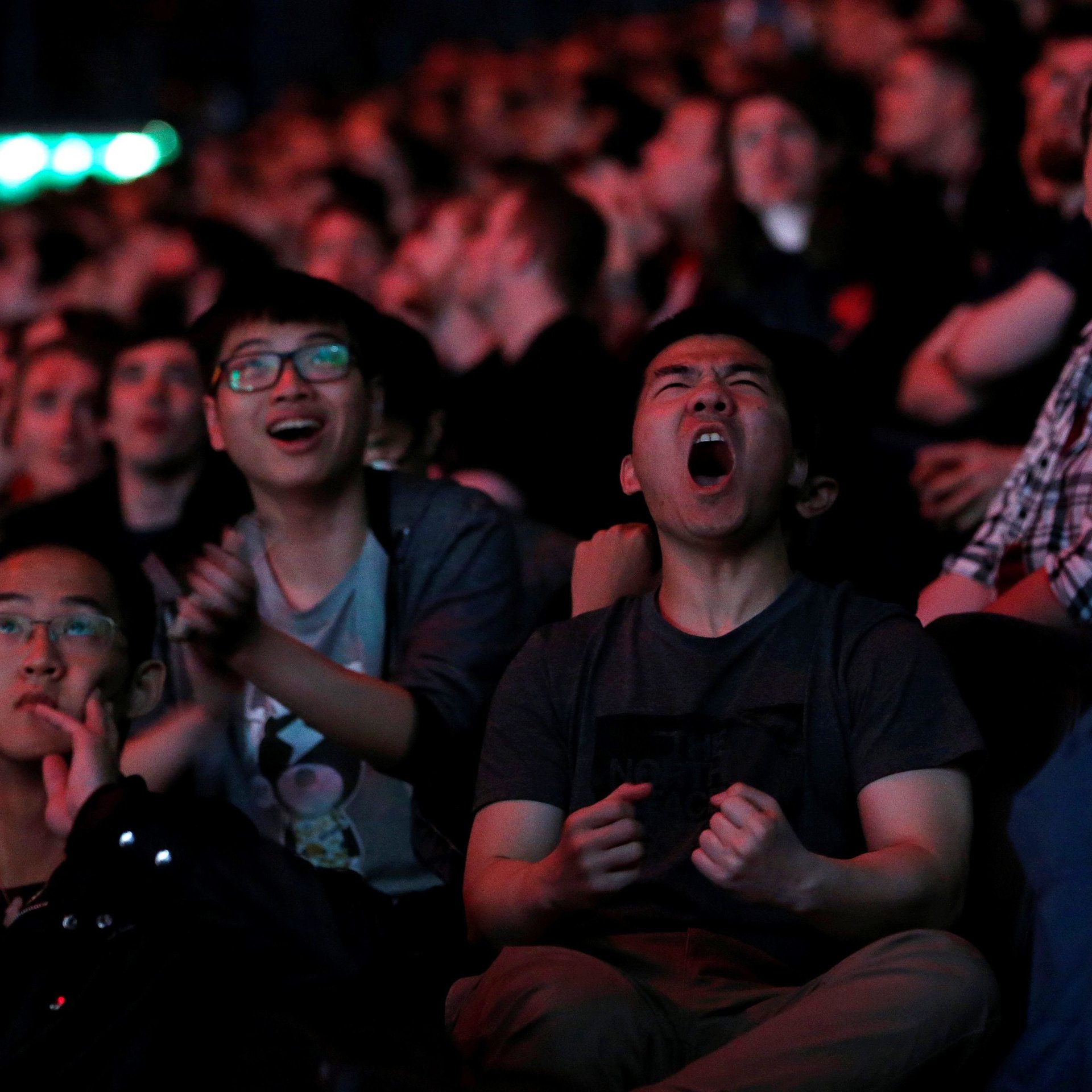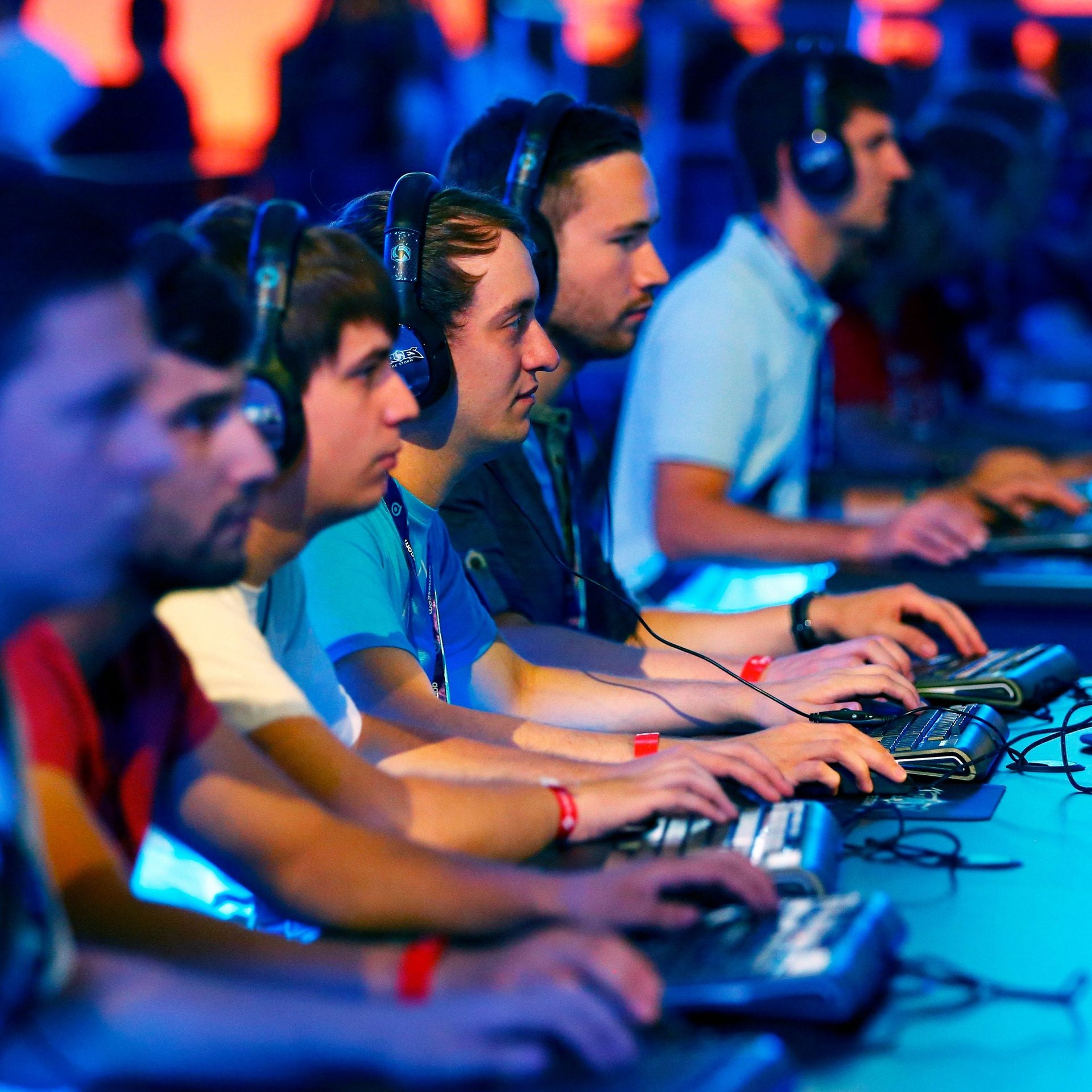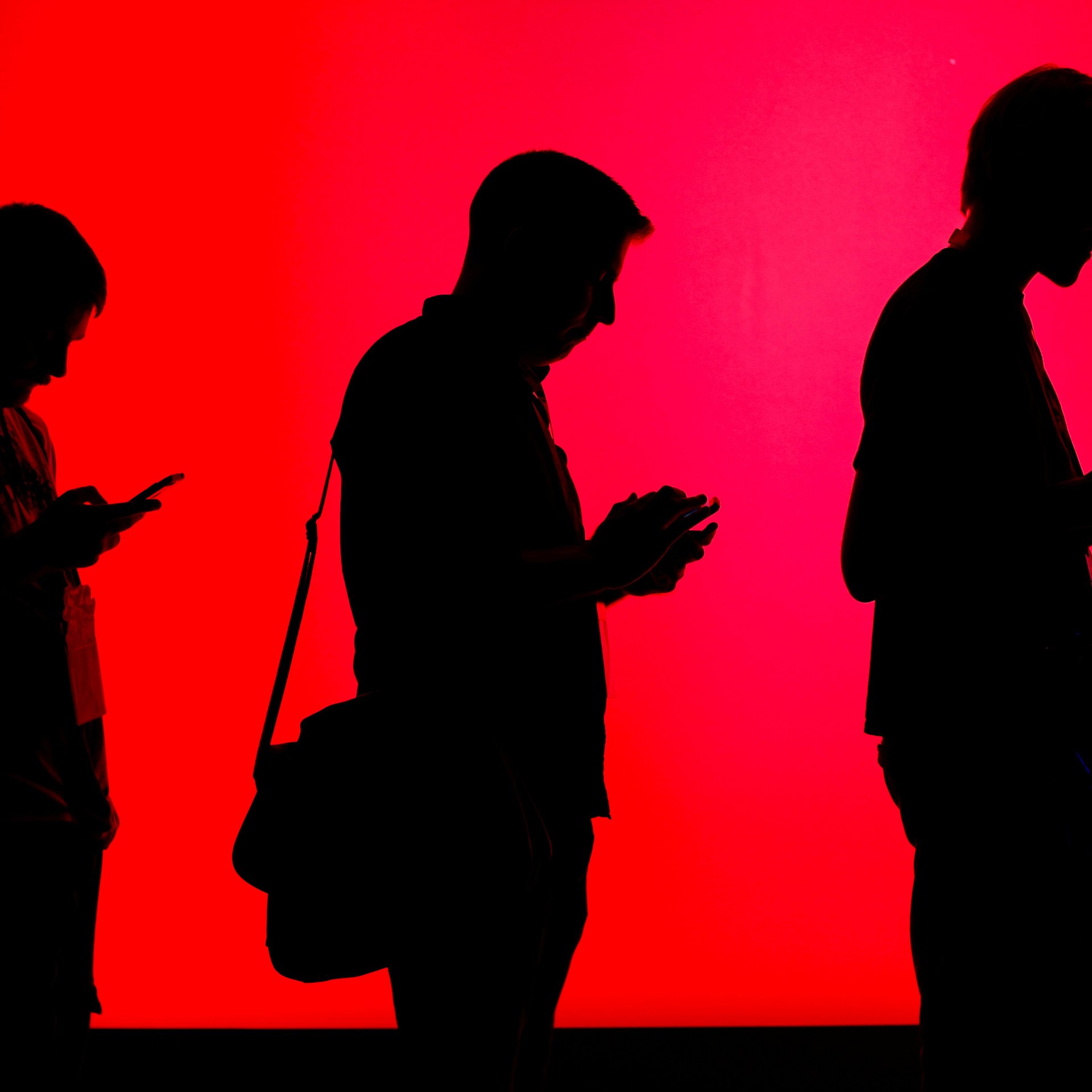What seven experts from five decades thought the future of gaming would look like
If you believed the anxious parents and journalists of the 1980s and 1990s, video games were going to ruin our lives—and they might have been right (kind of). It’s still unclear how the future of gaming will change our relationships with both leisure time and each other, but one thing’s for sure: Our addiction to games hasn’t brought the economy to a grinding halt, as one scientist predicted. At least, not yet.


If you believed the anxious parents and journalists of the 1980s and 1990s, video games were going to ruin our lives—and they might have been right (kind of). It’s still unclear how the future of gaming will change our relationships with both leisure time and each other, but one thing’s for sure: Our addiction to games hasn’t brought the economy to a grinding halt, as one scientist predicted. At least, not yet.
As part of What Happens Next, our special project exploring the far-off future of the global economy, we looked at what the thinkers of the past thought we’d be playing today. Their predictions remind us that the future is not as certain as we think.
1979 / Pining for pinball
Gus Bally, an executive at the old-school game company Arcade Inc., wasn’t worried about video games usurping their analog product: “People won’t want to play these electronic games for more than a week,” Bally said, “not once we start selling pinball machines for the home.” Sorry, Gus. The video-game industry in the US alone is now valued at $36 billion, and pinball machines have become a relative anomaly. You can buy them “for the home”—but they’re a decidedly niche gaming option.

1983 / High score
In the 1983 horror film Nightmares, Emmy-winning director Joseph Sargent painted a picture of an apocalyptic arcade game. In the movie, Emilio Estevez is JJ Cooney, a teenager with an arcade-game fixation that’s hard to beat. He’s obsessed with making it to the mythic level 13 of Bishop of Battle, eventually causing him to lose interest in school, get into fights with arcade staff, and break into the arcade to get his fix.
This maps onto the World Health Organization’s recent recognition of video-game addiction as a legitimate mental-health problem—and children and teenagers with ADHD are considered to be especially at risk. When JJ finally makes it to the final level, the game ends up trying to kill him: The characters come out of the screen, armed with lasers, and attempt to murder him IRL. The relationship between violent games and real violence is still unclear, though in the US, both the American Psychological Association and the American Academy of Pediatrics think it’s better not to expose children to them, just in case.

1991 / Extraterrestrial
In the Star Trek: The Next Generation episode “The Game,” commander William Riker brings a nefarious souvenir back from the planet Risa. It’s an alien video game—and it’s so stimulating that almost the entire crew becomes addicted to it. “The game initiates a serotonin cascade in the frontal lobe of the brain,” Lieutenant William Crusher realizes. “It could explain why everyone is so attracted to it.” Modern video games do affect the brain’s serotonin and dopamine levels, giving users a hit that’s hard to withdraw from. That could explain why within 20 years, 97% of American teenagers were playing video games.
1994 / Dreams of the ’90s
Wired magazine’s extensive coverage of “MUD games,” in which players congregate in a virtual world, addressed growing concerns that such games might have a serious social cost. (The name stood for Multi-User Dungeons—revealing its Dungeons & Dragons origins.) Players described meeting their internet providers’ 30-hour-per-month limit (!), dreaming about the games, and putting their virtual life “ahead of almost everything else—social life, job, etc.” Playing MUDs, they conclude, “is becoming the addiction of the ’90s.” But it wasn’t all bad: Many of these games have been shown to help people develop problem-solving and social skills.
2005 / Game Over
The Chinese government foresaw an epidemic of video-game addiction—and thought the solution would be to stymie it through legislation. With support of local internet companies, an “anti-online game addiction system” reduced the number of bonuses players could win after they’d been playing for three hours. “You have entered unhealthy game time,” warned the online notice. “Please go offline immediately to rest. If you do not, your health will be damaged and the benefits you can win will be cut to zero.“
It was effective, up to a point: Gamers managed to find loopholes in the system, and video-game addiction continued to worsen, eventually leading the country to introduce still more stringent restrictions in 2016.

2017 / Gen Z addicts
A study in the journal Advanced Engineering Technology and Application warns of a dawning social apocalypse with gaming addicts at the root. They foresee young men (and women) dropping out of the workforce as a result of their addiction, which will lead to an avalanche of related economic effects: drops in GDP, a depression in goods and services markets, and an “inability to start and form stable households.”
On the social side, this would also lead to a drop in birth rates and burgeoning “social problems, crime rates, and so on.” Without government intervention, the authors warn, a major addiction crisis “is looming on the horizon.” Internet giants such as Tencel are beginning to put restrictions in place, including limiting those under 12 to an hour of daily play time—but whether measures of this sort are great enough is still an open question.
What do the experts of today think we’ll be playing tomorrow? Read more predictions about the Future of Gaming.